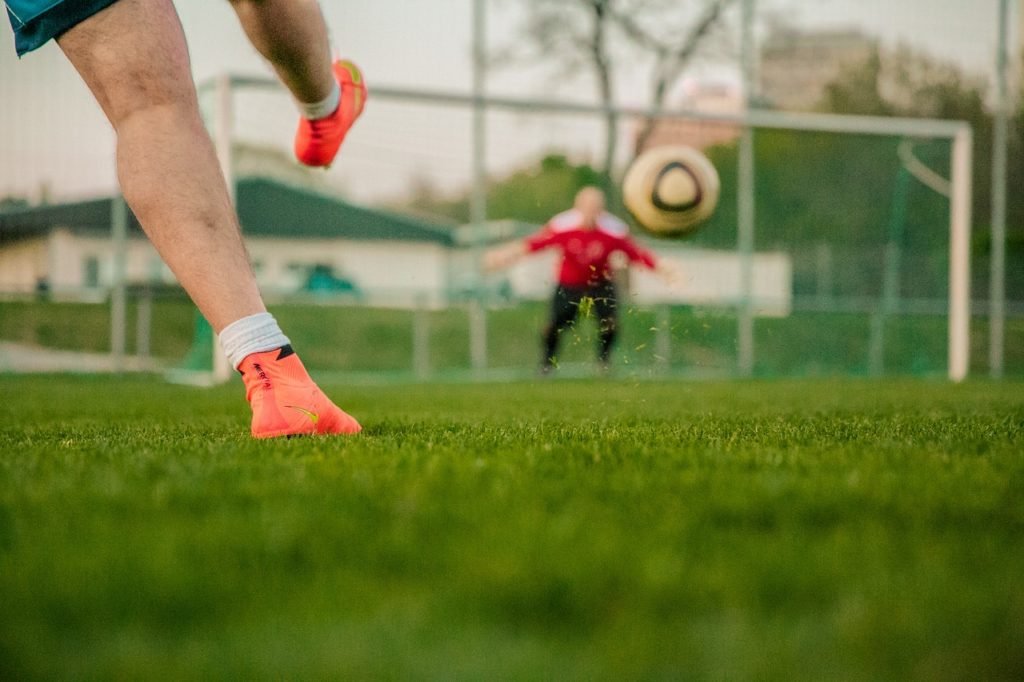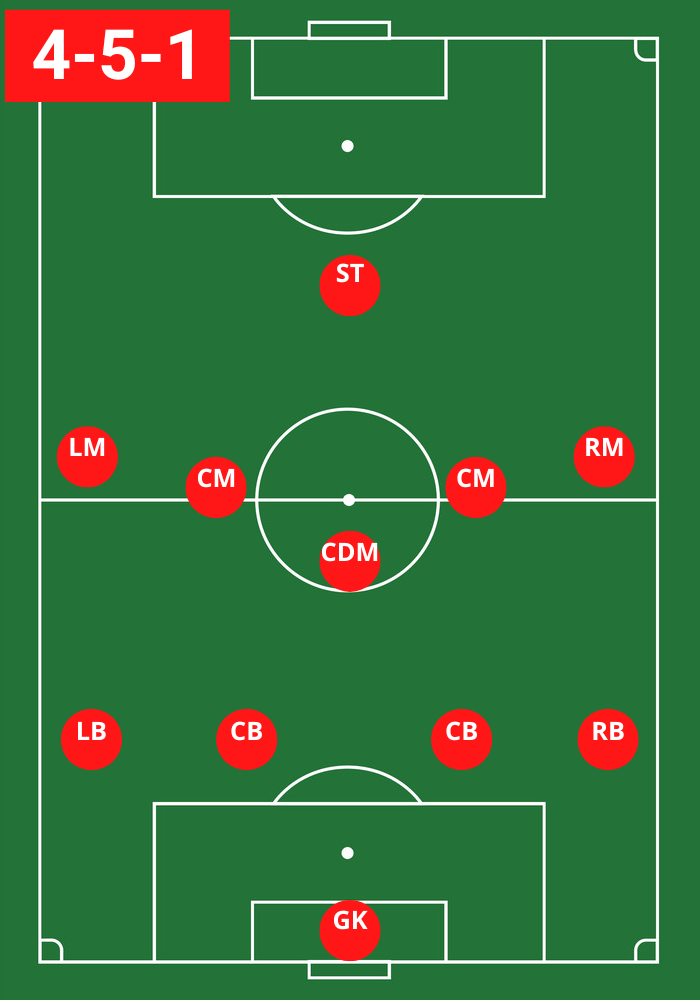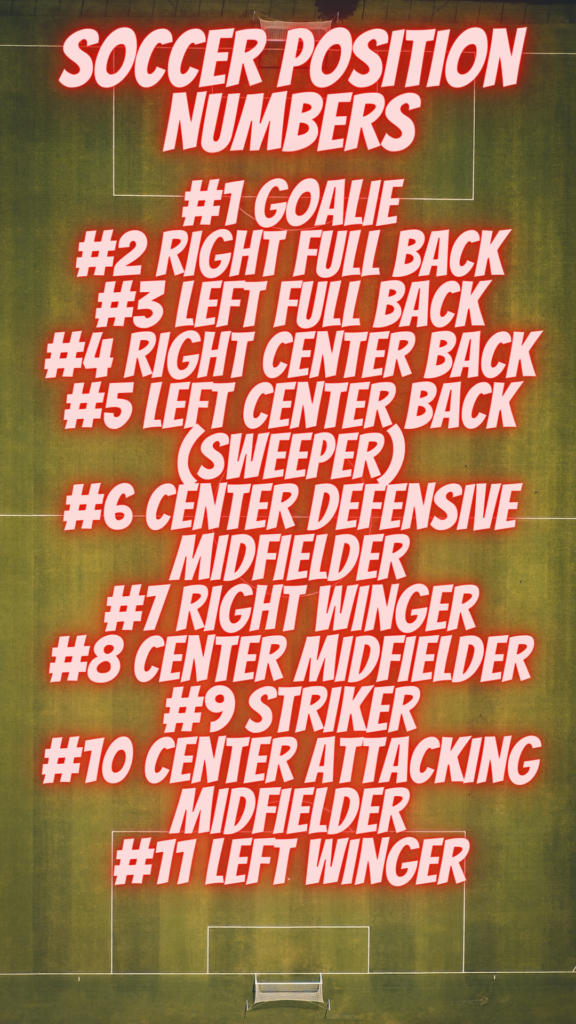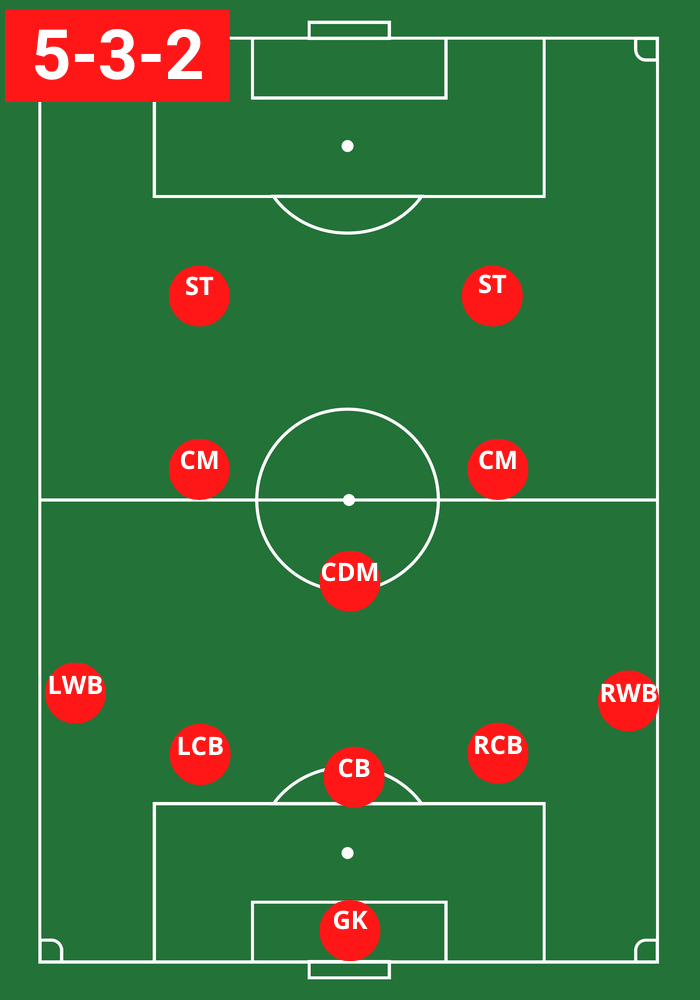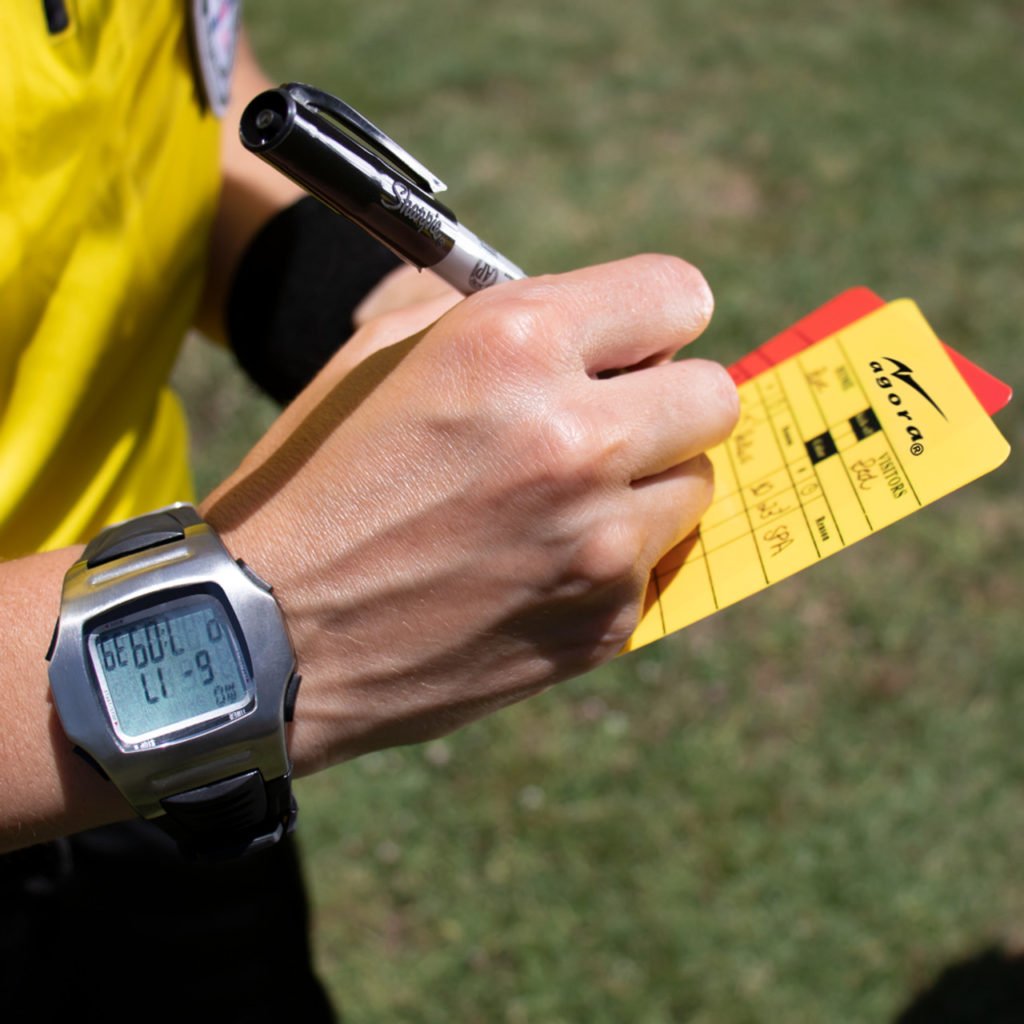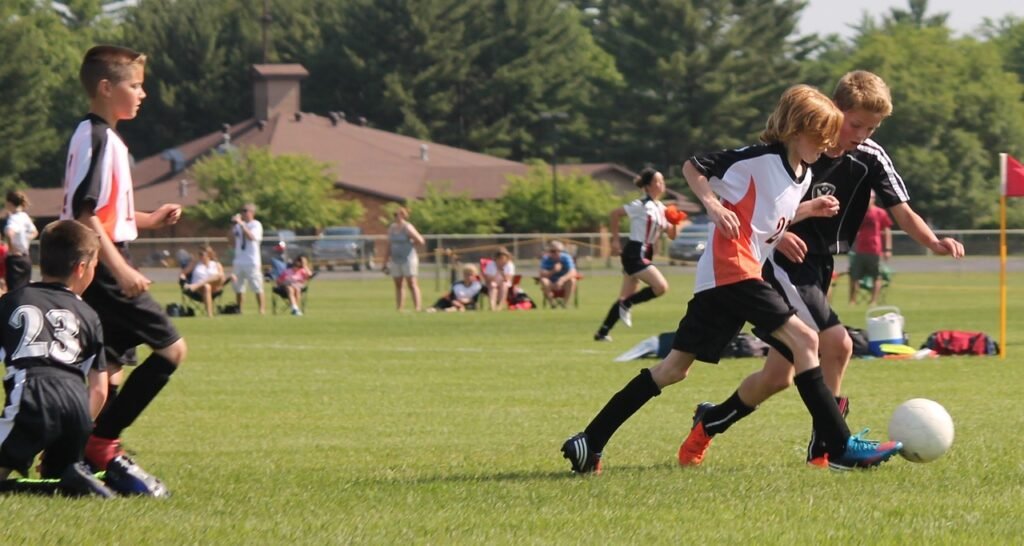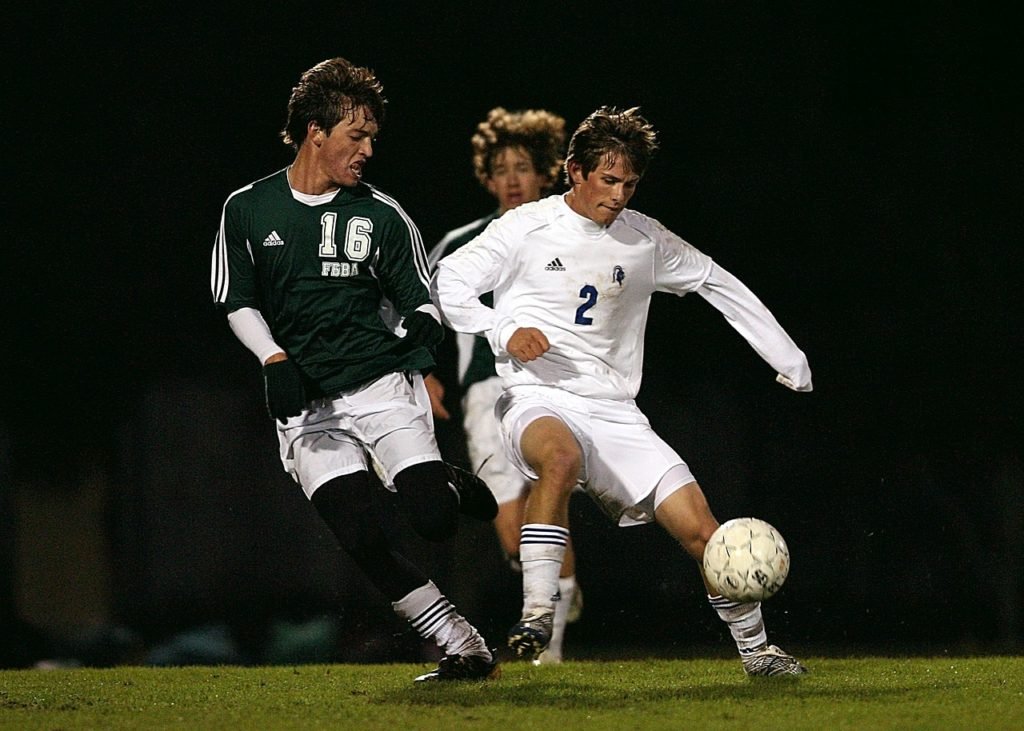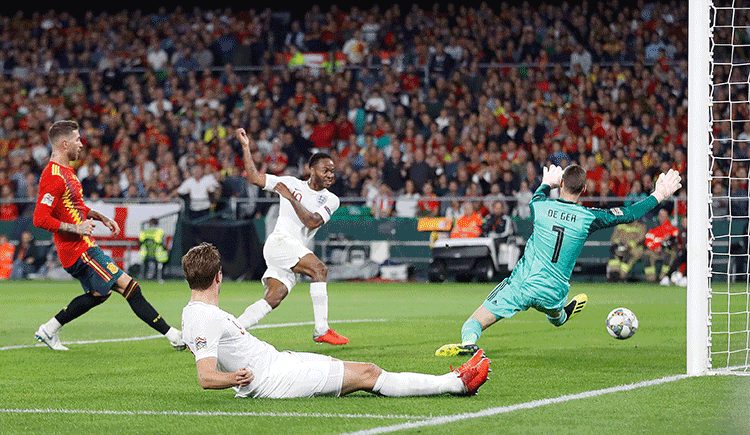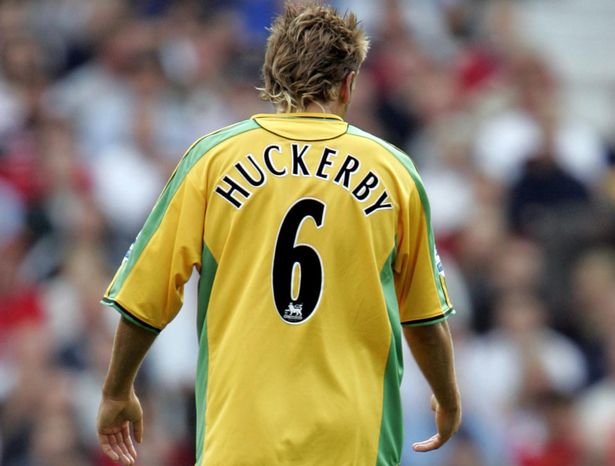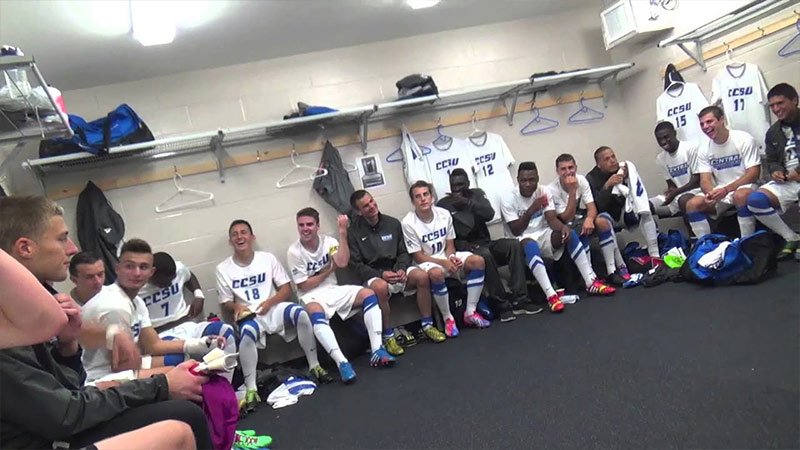What is The Hardest Position in Soccer
Importance of understanding positions in soccer
Soccer is a game where every player on the field has a specific role to play. Every soccer position requires different skills, strengths, and abilities. Understanding these positions is essential for players, coaches, and fans alike.
Each player’s role can make the difference between winning or losing the game. Soccer challenges each position differently, even at the highest level of play.
Soccer Positions
The Importance of Understanding the Formation
Soccer is a tactical sport, and understanding the different formations used on the pitch can greatly enhance one’s knowledge of the game. The 4-5-1 formation is a popular strategy among coaches and teams, as it offers both offensive and defensive advantages. By having a good understanding of this formation, players can utilize their skills to play effectively and achieve success on the field.
What is the best soccer position?
Soccer is a sport that requires all players to be actively involved in the game, but every player has a different role on the field. There are various soccer field positions, each with its own set of responsibilities, duties, and required skills. With so many options available, it can be difficult to determine which position is the best for someone to play.
The first factor to consider when deciding on the best position in soccer is one’s natural abilities and physical attributes. For instance, if someone has great reflexes and quick movements, they might be well-suited for a goalkeeper position.
Introduction: Exploring the World of Soccer relegation
Soccer is one of the most popular sports in the world, with millions of fans and players alike following various leagues and tournaments. The rules and structure of the game can be complex, but one aspect that often stands out to fans and players alike is the concept of promotion and relegation.
Promotion and relegation refers to the system by which teams move between different levels or divisions within a league based on their performance. At its core, it incentivizes teams to perform at their best in order to avoid getting relegated down a level or achieve promotion up a level.
In many ways, this system adds an extra layer of excitement to soccer as it keeps things interesting for fans right up until the end of a season. There are several leagues around the world that use this system, with perhaps none more famous than England’s Premier League.
Soccer is one of the most popular sports globally, with millions of people playing and watching it every day. The beauty of soccer lies in its simplicity, but some rules can be quite confusing for both players and fans. One such rule is the handball rule, which is currently a hot topic in the world of soccer due to several controversies surrounding it.
Each player on the field has an important job as it relates to the team’s overall success. Some players need to possess great one-on-one skills, some need elite stamina, and some need the ability to play with physicality. It’s the coordination of all the players that makes soccer so much fun to watch.
Soccer, known as the beautiful game worldwide, has seen various changes to its rules over the years, reflecting the sport’s dynamic nature. One of the aspects that has undergone significant transformation is the substitution rule.
Here, we delve deep into the world of soccer substitutions, exploring its evolution, current state, strategic implications, and the differences in rules for professional and youth games.
Soccer Substitution Rules: The Strategic Art of Changing the Game Read More »
Soccer is a dynamic game that constantly evolves, and its tactics are in a perpetual state of change. One widely employed formation across the globe is the 4-2-3-1, which comprises four defenders, two defensive midfielders, three attacking midfielders, and one striker.
The 4-2-3-1 formation has garnered increasing popularity in contemporary soccer due to its adaptability and equilibrium in both offensive and defensive aspects. Coaches who grasp the strengths and weaknesses of this formation can mold their teams’ playing style accordingly.
The 4-2-3-1 formation offers a potent combination of defensive stability, midfield dominance, and attacking options. Nevertheless, it does possess certain limitations that opposing teams can exploit.
Dominate the Field With The 4-2-3-1 Soccer Formation Read More »
Are you a soccer enthusiast looking to understand the tactical intricacies that shape a team’s gameplay? If so, you won’t want to miss this article on the 5-3-2 formation. This formation has garnered attention for its unique approach to defensive play and counterattacking potential.
Join us as we delve into the history and tactics of the 5-3-2 formation, exploring its strengths, weaknesses, and relevance in modern football. Get ready to discover the fascinating world of the 5-3-2 formation and understand how it has evolved over time.
Introduction: Overtime Soccer Rules Everything You Need To Know
Soccer is a game that is loved and revered all over the world. It’s a sport that can bring together people from different cultures, backgrounds, and walks of life. One of the most exciting aspects of soccer is when a game goes into overtime.
Over time soccer can be nerve-wracking, thrilling, and exhilarating all at the same time. This article will cover everything you need to know about overtime soccer rules.
Overtime soccer occurs when two teams are tied after regulation time has ended. The purpose of overtime is to determine a winner by giving both teams an opportunity to score additional goals during extra minutes of play.
An important aspect to note is that not all soccer games have overtime periods. In some leagues or tournaments, the outcome may be determined by penalty kicks if there’s still a tie after regulation time.
The length of each overtime period can vary depending on the league or tournament rules. In most competitions, overtime periods are typically 15 minutes long with a short break in between halves to allow players to rest and hydrate before resuming play.
Soccer Overtime Rules: Everything You Need to Know Read More »
Soccer is a dynamic sport, and the outside back position is no exception. Outside backs play a vital role in both defense and attack. They are responsible for covering the flanks, providing width in attack, and defending against the opposition’s wingers.
As such, it’s essential for outside backs to have a well-rounded skillset to perform their duties effectively. In this article, we’ll explore the tips and techniques that can help players master the outside back position.
Mastering Soccer Outside Back Position: Tips and Techniques Read More »
Picture this: a soccer match, with one team dominating the field and leaving their opponents in the dust. But what if I told you there’s a game-changer, a rule that steps in to protect the underdogs and preserve the spirit of fair play?
Enter the captivating world of the mercy rule in soccer. This rule, designed to shield the losing team from further humiliation and safeguard the well-being of the players, holds the power to bring an early end to the game, sending shockwaves through the field, and igniting discussions that go far beyond the final whistle.
Are you ready to uncover the fascinating dynamics and controversies that surround this game-altering regulation? Join me as we delve into the captivating realm of the mercy rule, where the stakes are high and the drama unfolds.
Hey there! You’ve landed on “Decoding Soccer Positions: A Rookie’s Handbook”. This is a detailed guide that’s all about making sense of those tricky little acronyms we see in soccer positions. Maybe you’re just getting your feet wet in the world of soccer, or maybe you’ve just been wondering what all those letters really mean.
Soccer Position Abbreviations – A Beginners Guide Read More »
Soccer is a game of skill, strategy, and teamwork. Every player has a vital role to play in the success of the team, but none more so than the box-to-box midfielders.
They are the engine room of modern soccer teams, driving the attack, shielding the defense, and controlling the tempo of the game.
In this article, we will explore the center midfielder position in soccer, highlight the importance of midfielders in modern football, and provide an overview of what you can expect to learn from this insightful piece.
Box-to-Box Center Midfielder: The Engine of Modern Soccer Teams Read More »
The attacking midfielder position in soccer is a vital role that requires specific skills such as excellent field vision, ball control, and the ability to assist in the attack. In this article, we will explore the different aspects of this position and its importance in modern soccer.
Attacking midfielders operate in a free role behind the strikers, acting as playmakers or shadow strikers. This article aims to explore the crucial role of the attacking midfielder in soccer.
Soccer’s Attacking Midfielder And The Crucial Role It Plays Read More »
The false 9 position is a term used in soccer to describe a playing style that blurs the line between a traditional center forward and an attacking midfielder. Rather than playing as a conventional, goal-scoring center forward, the false 9 player drops deeper into midfield, creating space higher up the field for teammates to exploit. The primary objective of a false 9 is to receive the ball between the lines of the opposition defense and midfield, thus disrupting their defensive shape and creating opportunities for other attackers to score.
The sweeper position was popularized in the 1960s and 70s by the great Italian defender Franco Baresi. The sweeper is typically a player with excellent defensive skills, good vision, and strong leadership qualities. They must be able to read the game well and anticipate the opposition’s movements.
The Sweeper Soccer Position: A Versatile and Dynamic Role Read More »
The Backbone of the Team:
The Role of a Center Defensive Midfielder – The primary responsibility of a CDM is to protect the center backs by denying entry passes to the opposing strikers and covering when a center back gets pulled out of position. The player is expected to read the game and anticipate danger, making timely tackles, interceptions, and clearances to prevent the opposing team from scoring.
Halftime in FIFA and MLS matches is a fixed duration of 15 minutes, but what happens during that time? Learn how players and fans use halftime to prepare for the second half of the game, and what happens if the game goes into a penalty shootout.
A corner kick is a type of free-kick that is awarded to the attacking team when the ball goes out of play across the defending team’s goal line, either by being kicked or touched by a defending player. The main objective of a corner kick is to create a scoring opportunity for the attacking team.
[3] If a goal is not scored directly from the corner kick, the ball remains in play until it leaves the penalty area. If a defending player touches the ball before it leaves the penalty area, the attacking team can take another corner kick.
